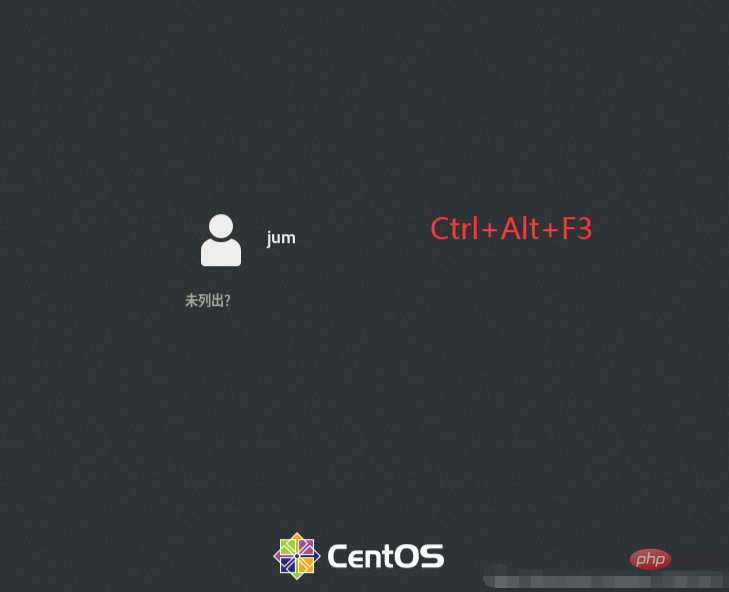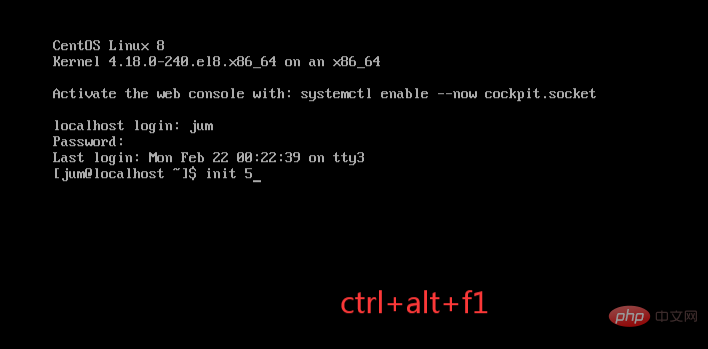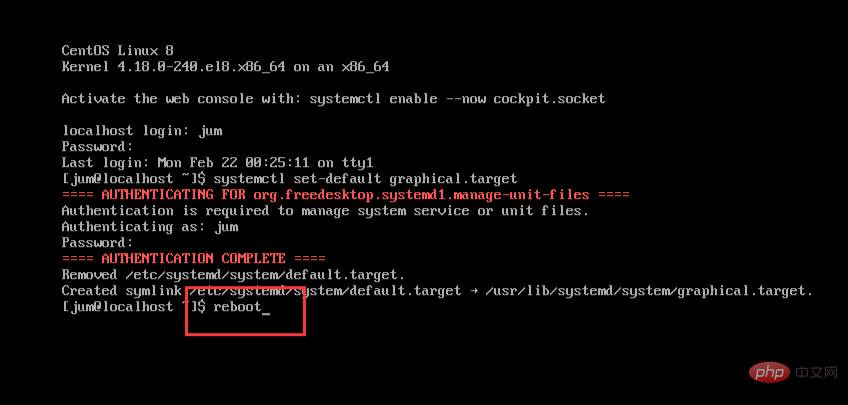
Linux provides two operating environments: 1. Graphical user environment, which is a graphical interface that uses icons, menus and mice to complete operations; 2. Command line environment, which is a text interface , users can complete operations by entering commands, and is often used in server systems or remote operations because it is usually faster, simpler, and more stable than graphical interfaces. The Linux system provides a command line terminal (terminal) by default, and users can use it to perform command line operations.

The operating environment of this tutorial: CentOS7 system, Dell G3 computer.
Linux, the full name of GNU/Linux, is a UNIX-like operating system that is free to use and freely disseminated. Its kernel was developed by Linus Benedict Torvalds in 1991. First released on October 5, 2018, it is mainly inspired by the ideas of Minix and Unix. It is a multi-user, multi-task, multi-threading and multi-CPU operating system based on POSIX. It supports 32-bit and 64-bit hardware and can run major Unix software tools, applications and network protocols.
Two operating environments provided by linux
Linux operating system usually provides users with two different operating environments (interfaces): graphical user interface (GUI) and command line interface (CLI).
Graphical User Interface (GUI): A graphical user interface is a graphical interface that uses icons, menus, and the mouse to complete operations. Most Linux distributions include a graphical desktop environment, such as Gnome, KDE, Xfce, etc., that users can use to operate.
Command Line Interface (CLI): The command line interface is a text interface that allows users to complete operations by entering commands. The Linux system provides a command line terminal by default, which users can use to perform command line operations. The command line interface is often used in server systems or remote operations because it is usually faster, simpler, and more stable than a graphical interface.
Both interfaces have their own advantages and disadvantages. Users can choose which interface to use according to their own needs. In some cases, users can also use both interfaces at the same time. For example, you can use the graphical interface for day-to-day operations and the command-line interface to perform specific tasks or debug problems.
Command line mode and graphics mode switching method
The first graphics conversion command line
1. Press ctrl alt f3 on the system interface

2. Enter the command line interface and enter the account password.

Note: If a login incorrect problem occurs, please check whether the password is not completely entered due to the use of small keyboard numbers when entering the password. It is recommended to use a plain English password.

The second graphical change command line
1. Switch the graphical interface to the command line and enter the command [systemctl set-default multi-user.target] Then enter reboot to restart.

#2. After restarting, it will be in command line mode.
The first command line to change graphics
In command line mode, press ctrl alt f1

The second command line to change graphics
1. The command to switch the command line to a graphical interface [systemctl set-default graphical.target].

2. Then enter reboot to restart

Two simple CentOS7 command line modes and graphical modes The switching method has been introduced. Let’s try it.
Related recommendations: "Linux Video Tutorial"
The above is the detailed content of What two operating environments does linux provide?. For more information, please follow other related articles on the PHP Chinese website!